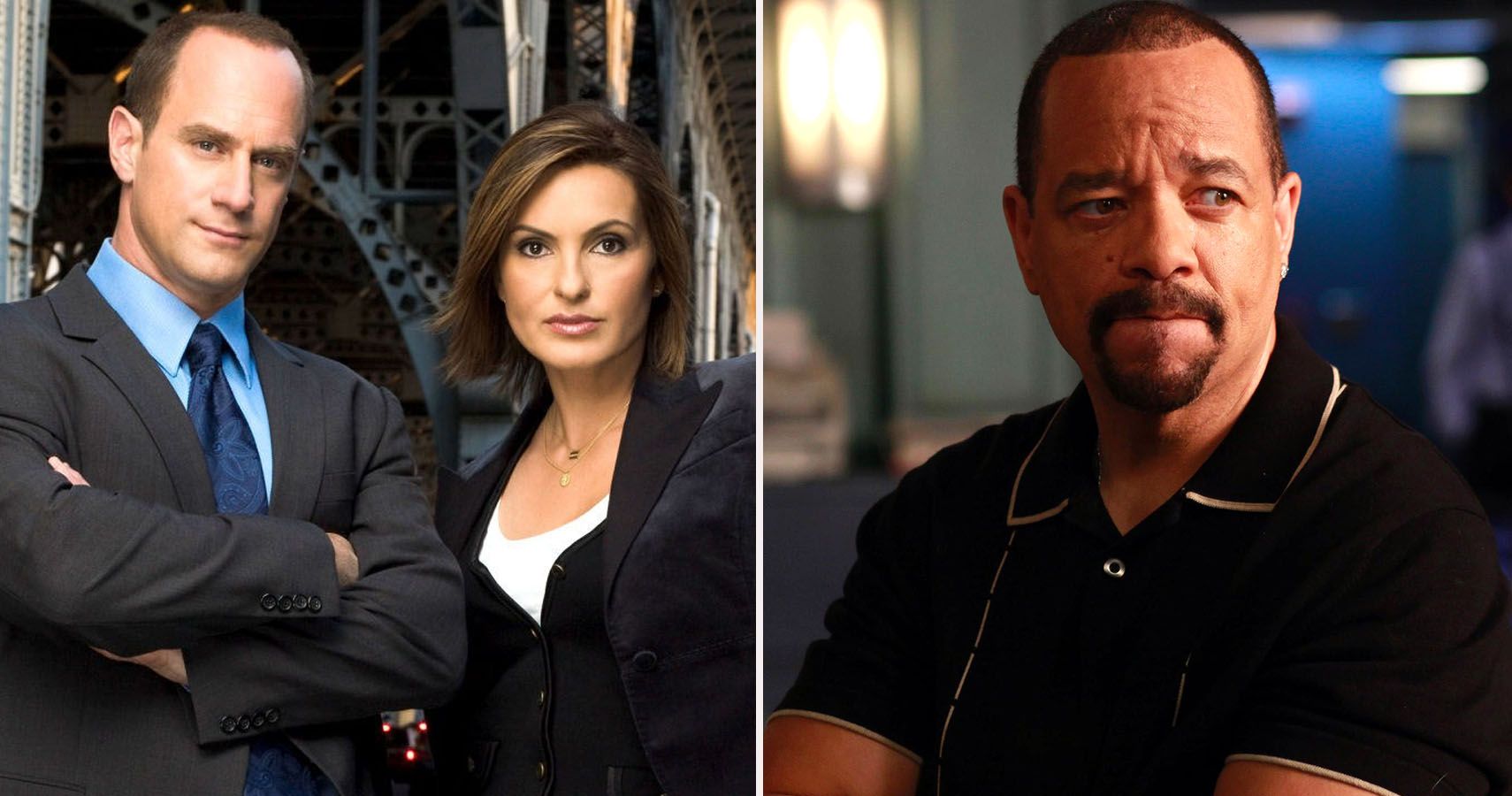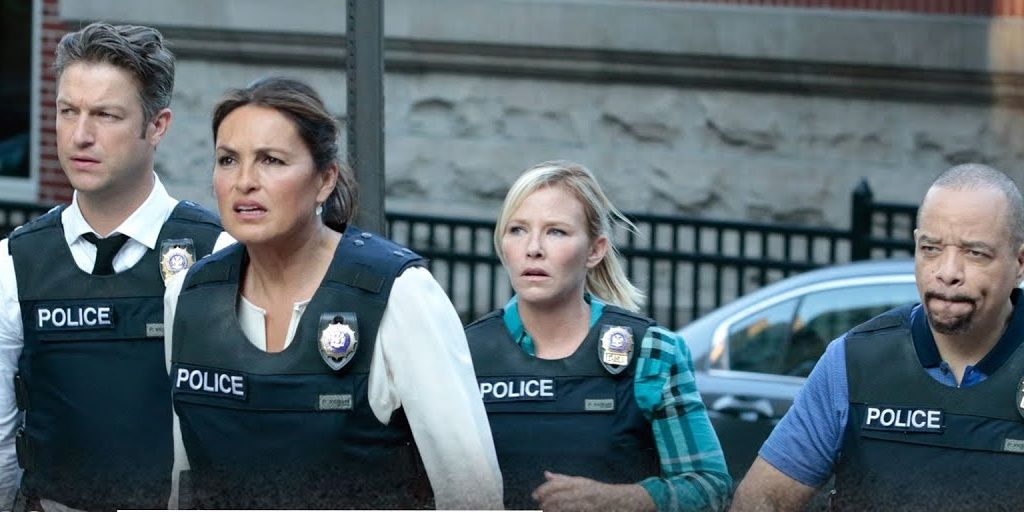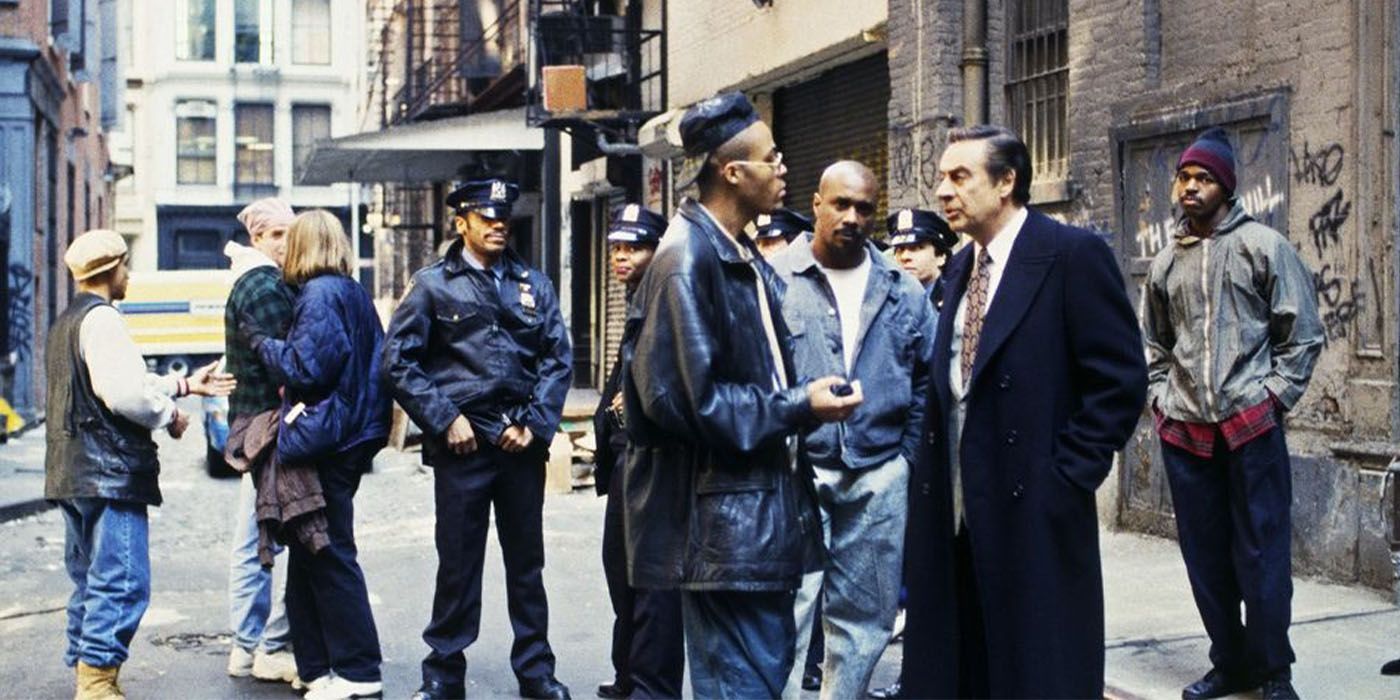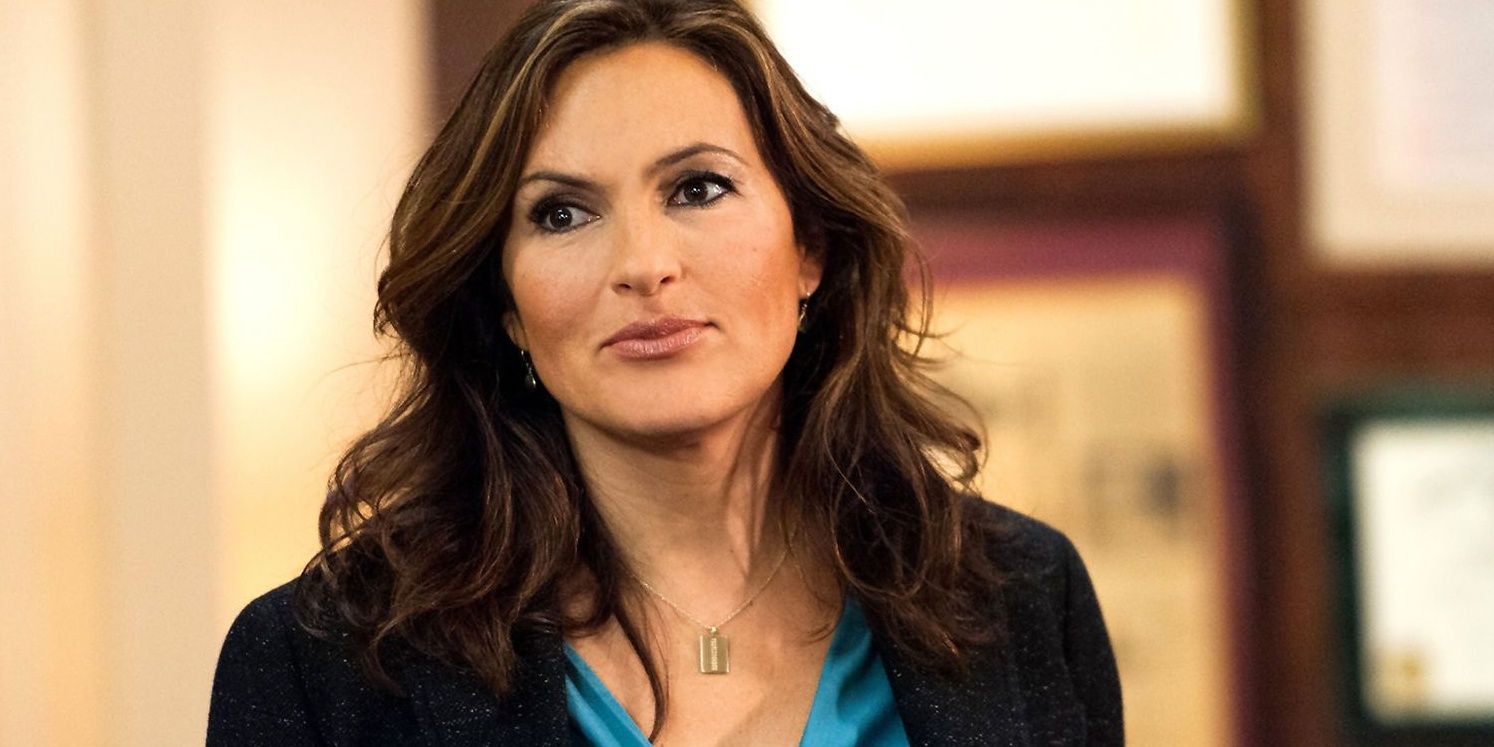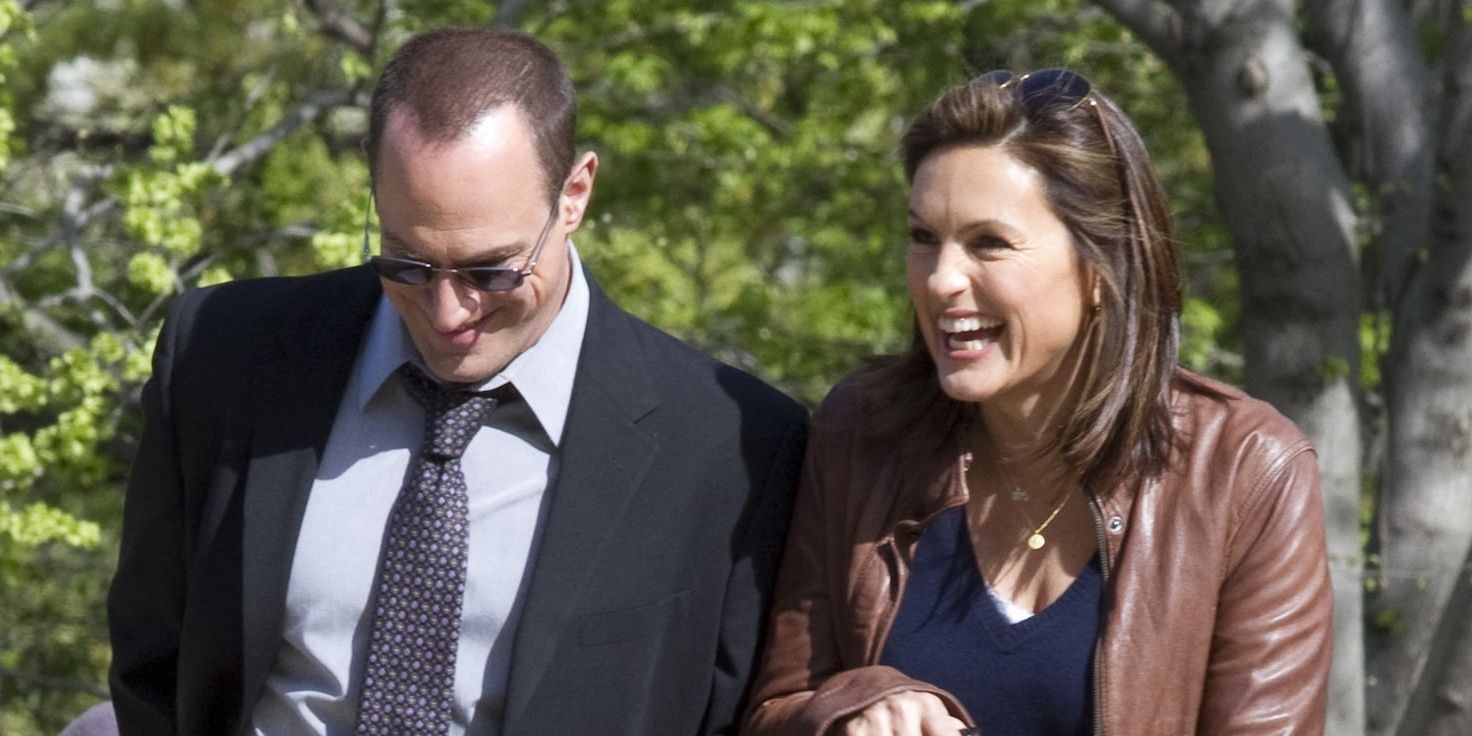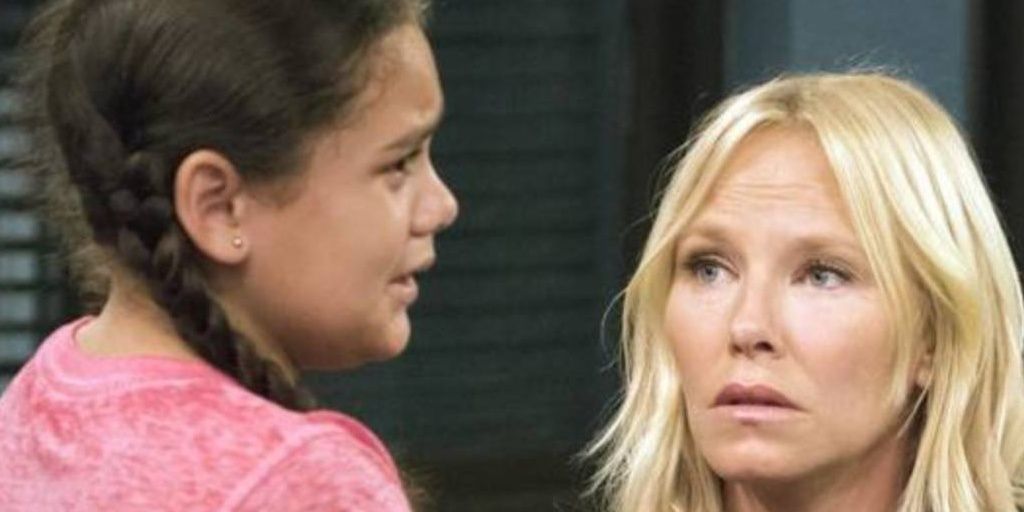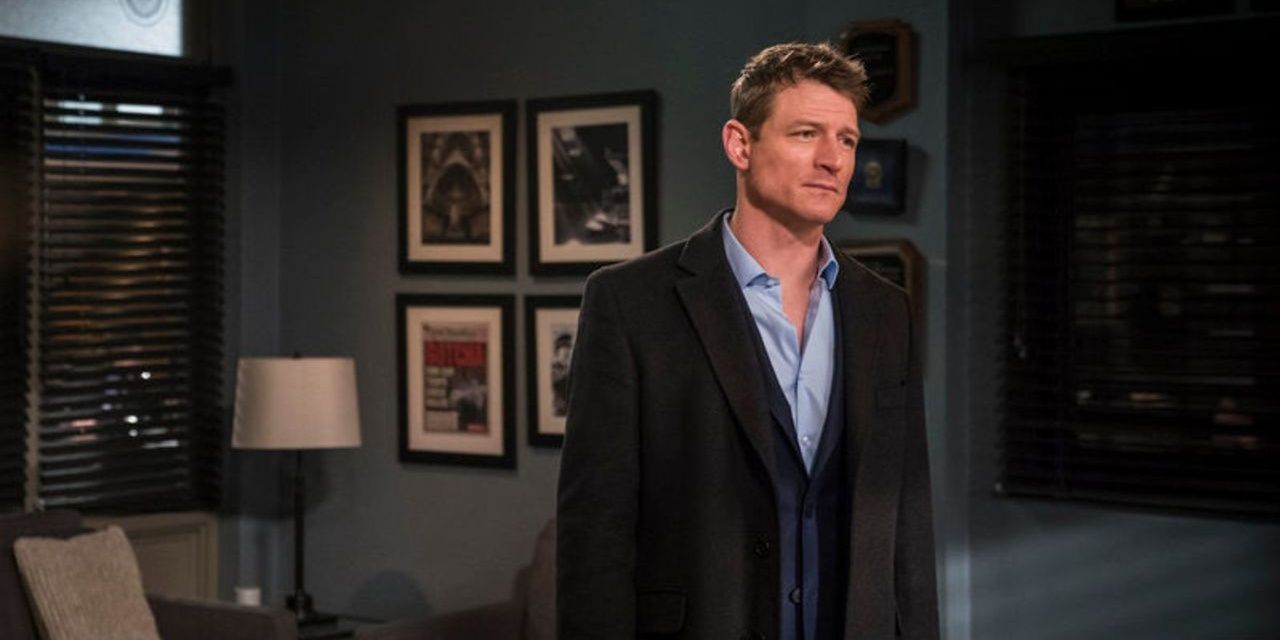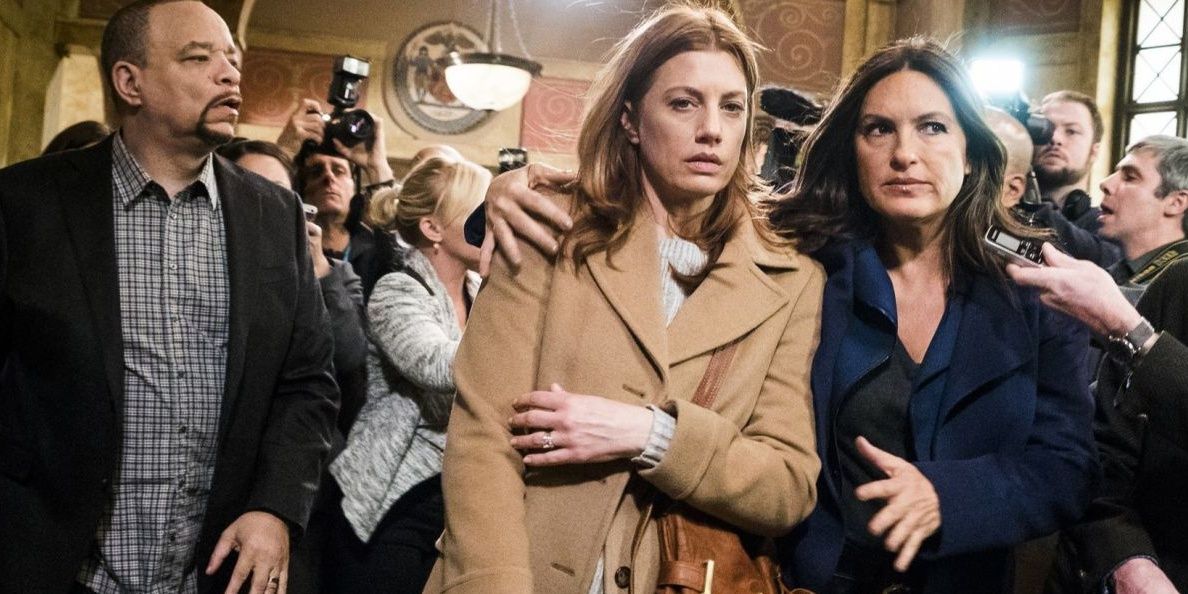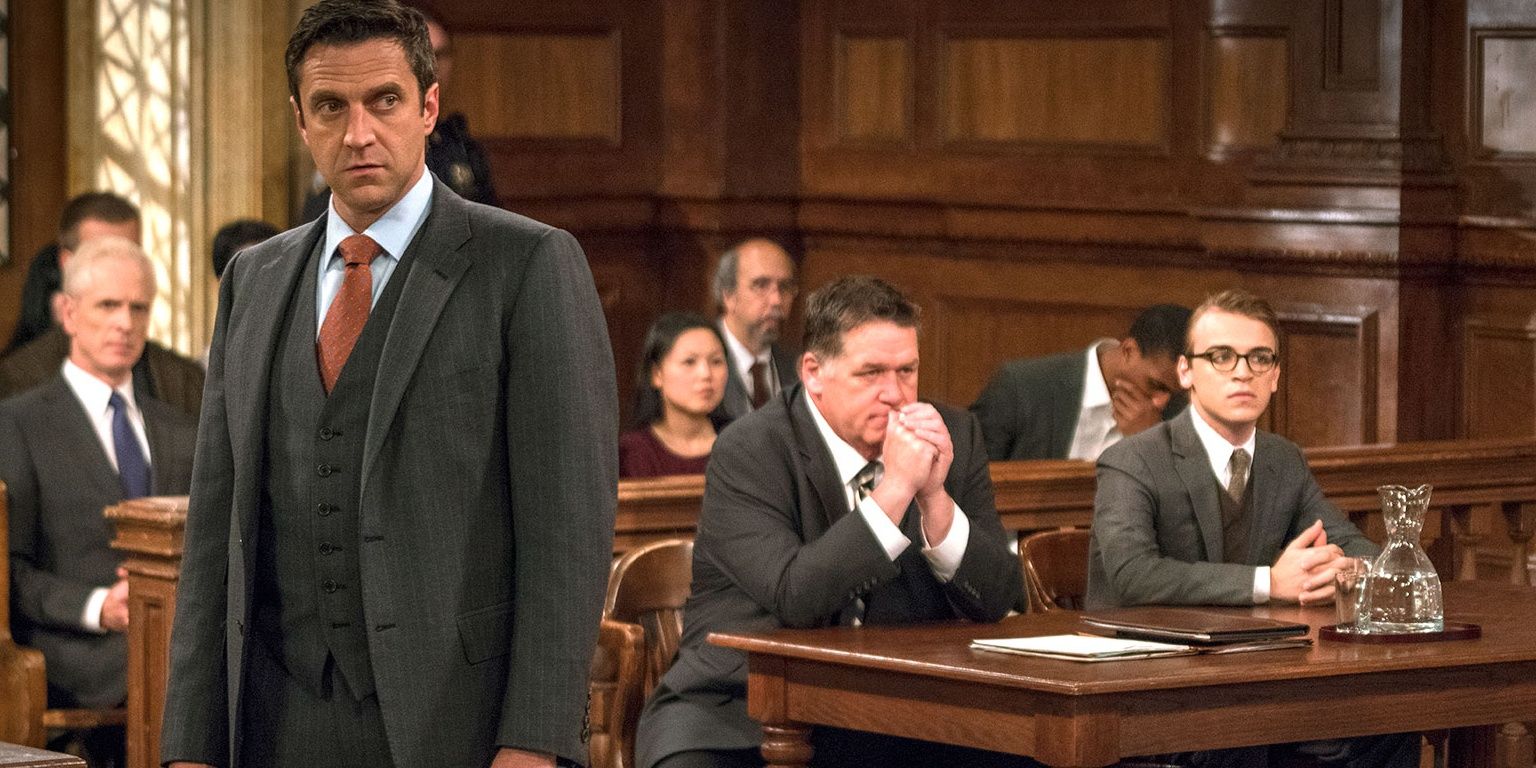With its historic 21st season set to premiere this September, Law & Order: Special Victims Unit is officially the longest-running prime-time drama in American television history. Since its debut in 1999, the show has tackled hundreds of difficult cases, watched beloved characters come and go, and put many horrible criminals behind bars. It’s hard to imagine a time without SVU, especially for younger fans, many of whom weren’t even alive when the show first aired.
Throughout it all, the show has maintained a sense of brutal realism that has kept audiences glued to their TV’s every week for the past two decades. While some of what they see is inaccurate, some of it is firmly planted in reality. Here are 5 things that are accurate, and 5 things that are not, in the show that defined network television for a generation.
Accurate: The effects of roofies
Flunitrazepam, also know as roofies, is a drug that is commonly used by rapists to incapacitate their victims. It is typically sold as a sleeping pill to treat severe insomnia in Europe and Latin America but is banned in the US due to its use as a date rape drug.
The drug shows up a lot in SVU, and the way in which it affects victims is strikingly accurate to its real-life counterpart. Usually, the drug paralyzes the victim but keeps them lucid enough to see and feel what is happening to them. Despite this, their recollection is fuzzy, as one of the common side effects is memory loss. In nearly every instance that it appears on the show, the side effects remain consistent with reality.
Inaccurate: Arrest as a threat
While this was more common in the old Law & Order, courtesy of Det. Lenny Briscoe, it has occurred from time to time in SVU. When a suspect or whiteness is questioned on the street, the detectives would occasionally pull out a pair of handcuffs and threaten to bring them in if they feel they’re not telling the whole story.
While this usually results in a quick confession, if this happened in reality, the officers would have their badge and gun taken away from them at the drop of a hat. Such actions are considered a forced confession, and while it does happen in modern police work, the advent of smartphones has made it increasingly difficult to get away with.
Accurate: Depiction of New York
This one’s kind of a no-brainer, given that the series takes place in New York City. Still, the way in which the show depicts everyday life in the Big Apple, and its detailed knowledge of the city’s roads and neighborhoods, is something to be admired.
While the show has slowly transitioned over the years from location shooting to green screens, SVU remains dedicated to presenting New York in the highest level of detail.
Inaccurate: SVU handling Homicides
Whenever a victim is raped and murdered, Detective Benson and the rest of her squad are there to investigate, and won’t stop until the perp is brought to justice. However, while Special Victims Units are meant to handle cases involving children or sexual assault, they almost never take part in homicide investigations.
Such cases are handled by either a homicide or major case department, sort of like the detectives in the original Law & Order and its spin-off, Criminal Intent. While Special Victims does work alongside homicide when sexual assault or a minor are involved, the latter usually does the heavy lifting.
Accurate: Olivia Benson's handling of survivors
Perhaps the one thing SVU is best known for is its emotionally gripping depiction of the trauma suffered by victims of rape and sexual assault. The sympathy employed by the officers, particularly Olivia Benson, has been lauded as one of SVU’s strongest suits, and it was one of the first police dramas to handle the topic so effectively.
Mariska Hargitay is a trained rape counselor, meaning that much of what she does on the show is inspired by real-life methods.
Inaccurate: Road Trips
While rare, it is a readily available option on SVU for the squad to take trips outside of Manhattan, or sometimes out of the state, in order to pursue a suspect. While this makes for some nifty crossover episodes with Chicago P.D., this practice is even less common in the real world.
While it is possible for a judge to allow officers to investigate outside their jurisdiction, more often, such cases are handled by the FBI. Unlike local police precincts, the FBI is able to go anywhere in the United States, so it would make more sense for them to handle investigations that span more than one major jurisdiction.
Accurate: Interviewing children
It’s always difficult for viewers to watch episodes featuring under-age victims. The thought of a child suffering abuse, sexual or otherwise, is the sort of gut-wrenching feeling that leaves most people shocked and saddened. Yet, the way Benson and company handle cases related to the exploitation of children is straight out of the textbooks.
While the tactics are similar, handling children requires an extra level of sensitivity that’s difficult to pull off. Luckily, the crew at the Manhattan SVU knows just what to do in these situations, as part of the actor’s training included how to deal with under-aged survivors.
Inaccurate: The length of a trial
It’s difficult to squeeze an entire trial into a 45-minute long episode. This is why there are title cards between courtroom scenes. However, in nearly every episode, the trial wraps up in a little over a week, with almost no delay. If only our justice system ran that smoothly in real life.
As many of us would know from watching high profile trials on the news, finishing a criminal trial with such speed is a rarity that most district attorneys could only dream about. Most trials take months, even years, to even begin, after which it could take weeks before a jury comes to a conviction.
Accurate: Presentation of rape victims
We often take for granted the ways shows like SVU depict the horror of sexual crimes. However, when it first aired twenty years ago, SVU was a trailblazer in how it handled such situations. This is especially true in regards to the show’s depiction of victims of sexual crimes.
The way that victims deny what’s happened, or try to manage the situation of their own, is a spot-on recreation of how many survivors act in reality. This has given viewers of the show a heightened level of empathy when it comes to dealing with survivors of such heinous acts.
Inaccurate: Plea Deals
One of the biggest misconceptions SVU, and the larger Law & Order franchise as a whole, has generated is the belief that plea deals are a rarity. In the series, nearly every case goes to trial, with plea deals seen as a Hail Marry to allow the accused to confess their crime.
In reality, though, very few cases actually go to trial. Statistically speaking, less than 2% of all cases end before a jury. The rest almost always end in a plea bargain for a reduced sentence. It’s a controversial practice, but it’s one of the fastest ways a district attorney can put a crook away, even if their punishment isn’t as harsh as some would prefer.

